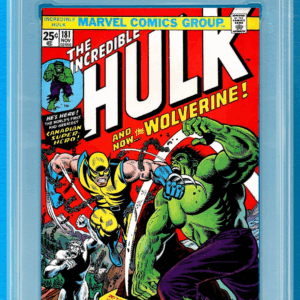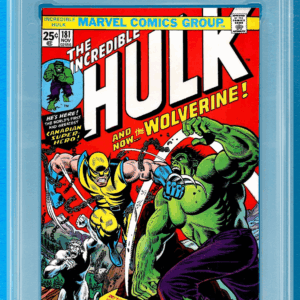In the realm of sports memorabilia, where every signature, swirl of ink, and added personal touch can elevate an item from mere collectible to a cultural artifact, rookie quarterback Caleb Williams has sparked a veritable tempest. His recent foray into the melding worlds of sports card collecting and NFL rivalries has not only sent ripples through these communities but has also fanned the flames of one of the oldest rivalries in football history.
When collectibles giant Topps released their 2024 Chrome Football cards, anticipation was already sky-high. Yet, amid this electric atmosphere, Williams’ particular contribution stood out like a lightning bolt through the gridiron skies. The reason? A simple inscription alongside his autograph that read, “Green Bay Sucks.” It is a sentiment sure to be adored by some and abhorred by others, marking Williams’ entrance into the historic Bears vs. Packers saga with a strike that neither side saw coming.
The rivalry between the Chicago Bears and the Green Bay Packers isn’t just a footnote in football folklore; it is an enduring saga that has matured over more than a century. With roots that intertwine through generations, this rivalry has witnessed epic clashes, bitter defeats, and victorious triumphs. Figures like George Halas and Vince Lombardi may have been the architects of its grand foundation, but it is mavericks like Williams who add fresh chapters.
Traditionally, an athlete’s signature on a trading card suffices to amplify its worth and desirability. Occasionally, athletes embellish their autographs with personal messages, Bible verses, or motivational quotes, transforming simple cards into personal statements. But by boldly scribing a cheeky jibe aimed directly at his team’s arch-nemesis, Williams has elevated the trading card from a mere autograph to an emotive statement. The inscription doesn’t just hover in the realm of cheeky sports banter; it firmly roots itself in the passionate and, at times, turbulent territories of team allegiances and rivalries.
So, how will markets – driven by teams, fans, and collectors – react to a statement so evocative that it leaps beyond ink into NFL folklore? For Bears aficionados, this card isn’t merely an addition to their collection; it’s a symbol of team pride, defiance, and history writ small yet distinctly. For them, Williams is not just a player; he’s a bold new face asserting himself in a tale as old as the league itself. The demand is sure to surge as fans eagerly grub for a piece of modern history reflecting their fierce loyalties.
On the other hand, Green Bay loyalists might view this inscription with the simmering ire reserved for enemy battle cries. However, scorned fans might surprisingly boost the card’s desirability, either as a trophy of rivalry, a memento of motivation, or even to sacrifice on the altar of their own fandom. Imagine shredding a Williams card bearing the phrase “Green Bay Sucks” to confetti at the next Cheesehead meeting!
The values of these cards are likely to see exhilarating, if unpredictable, fluctuations – skyrocketing in the short-term fever of new controversy. But longer-term stability will, as with much in sport, depend on prolonged performance. Should Williams bring his athletic talents to fruition, soaring to claim victories in this storied rivalry, the cards may very well become legends in the canon of football memorabilia.
Beyond the financial speculation and sport-centered storytelling, trading cards like this traverse time, becoming artifacts of personality within the culture of sports enthusiasts. A card like this indexes a moment, akin to framing victory caps in battles or sealing letters from the frontlines.
But while the world has only begun to react, Williams remains unrepentantly poised at the center, launching his rookie year with a move that establishes not only his apparent allegiance but also hints at the moxie he intends to show on the field. Taken simply, this autograph card is more than an item to be exchanged – it is a dot on the lineage of an age-old rivalry, a whisper from the past clashing with the roaring present.
How this storm develops remains to be seen, but with every card leaving its metallic sheen in the hands of fans and collectors, the echoes of this bold start will ring through the ages, opening chapters of fierce debate, unyielded loyalty, and hopefully, thrilling sport. So the battle lines are drawn, not just in playbooks and on fields, but now, clearly, in chrome and ink.






